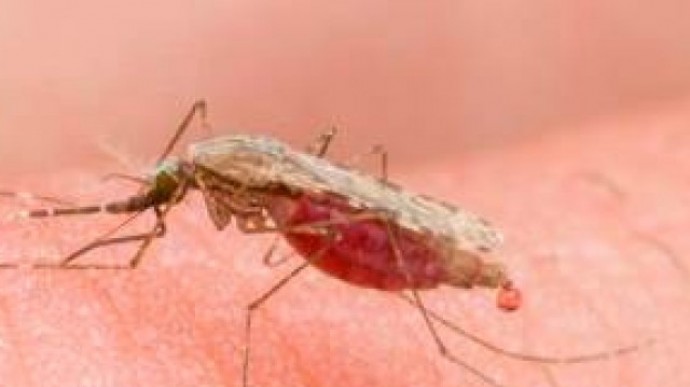 Story
Story
From insect-repelling socks to potential new drugs from local plants, the University of Pretoria Institute for Sustainable Malaria Control (UP ISMC) is turning up the heat on the deadly disease this World Malaria Day.
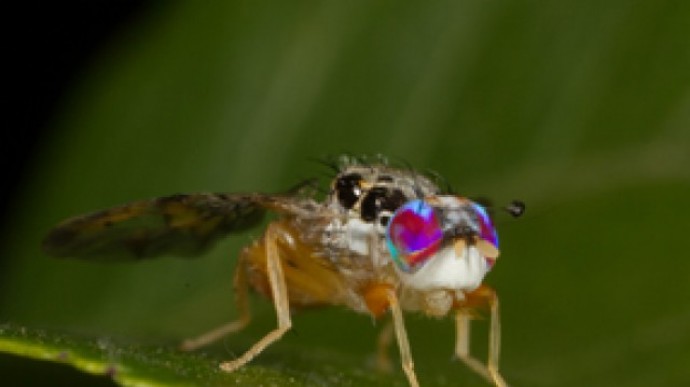 Talking Point
Talking Point
If you have ever bitten into a fruit and been disgusted to find it wriggling with cream-coloured maggots, you have already met at least one member of the fruit fly family.
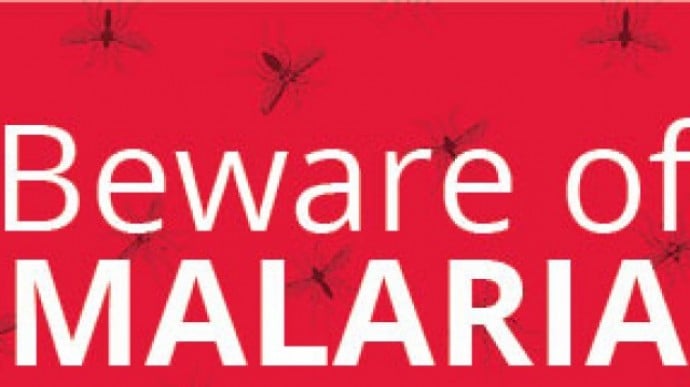 Story
Story
Malaria transmission in South Africa is seasonal and the months of September to May are malaria- or high season months.
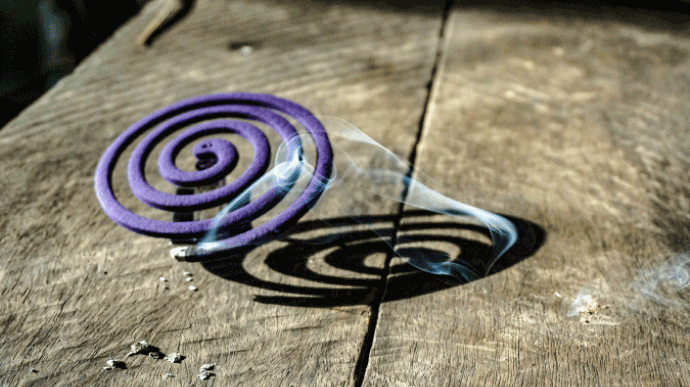 Story
Story
Malaria is a vicious disease that is Africa’s leading cause of death among children under the age of five. Millions of people in Africa are infected with it and 90% of the world’s reported cases occur on the continent.
 Story
Story
Africa has one of the highest burdens of infectious diseases of humans and animals. Zoonotic diseases – those transmitted from domestic and wild animals to humans – annually cause 2,2 million deaths and 2,4 billion cases of human illness worldwide.
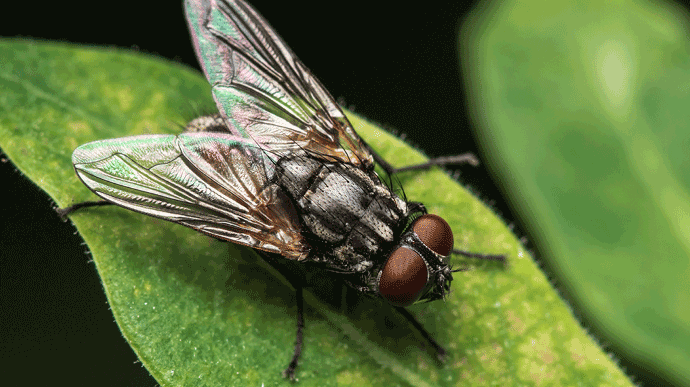 Story
Story
Global population growth and migration from rural areas to cities has resulted in human settlements being concentrated in urban areas.
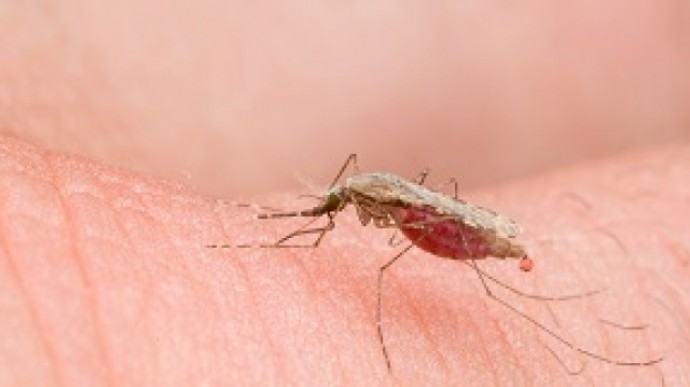 Story
Story
The University of Pretoria Institute for Sustainable Malaria Control (UP ISMC) is assisting in the design and testing of an innovative solar-powered trap to monitor mosquito populations, especially in areas where malaria and arboviruses require vector control.
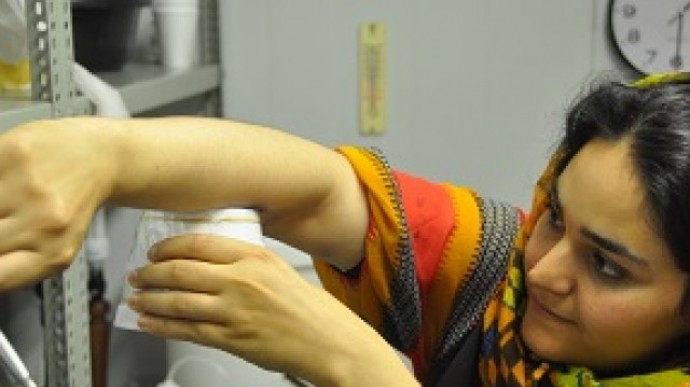 Story
Story
Mosquitoes are insect vectors of deadly diseases such as malaria, dengue fever, Zika virus, lymphatic filariasis and West Nile fever. They transmit disease to hundreds of millions of people, resulting in up to a million deaths annually.
 Story
Story
A large international collaborative effort, including researchers from the University of Pretoria (UP), the University of Cape Town (UCT) and partners, has resulted in the identification of a new chemical compound that can potentially eliminate malaria.
Copyright © University of Pretoria 2024. All rights reserved.
Get Social With Us
Download the UP Mobile App